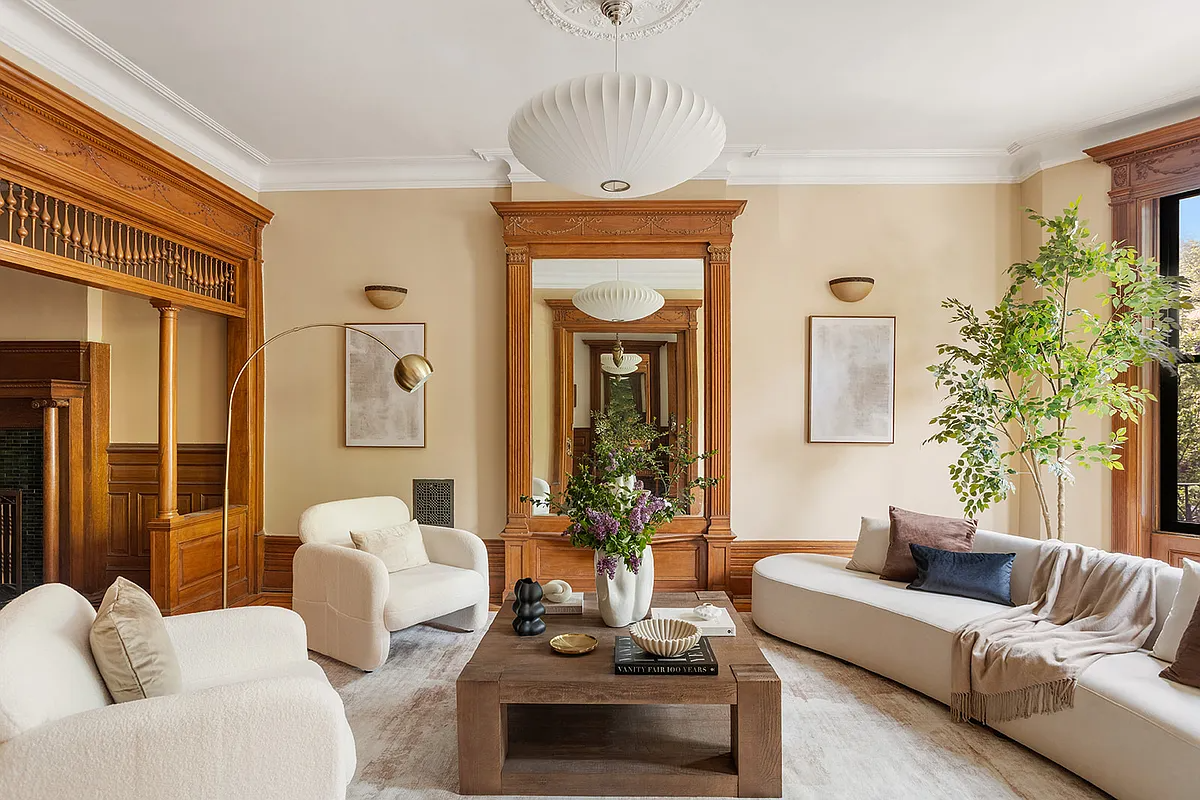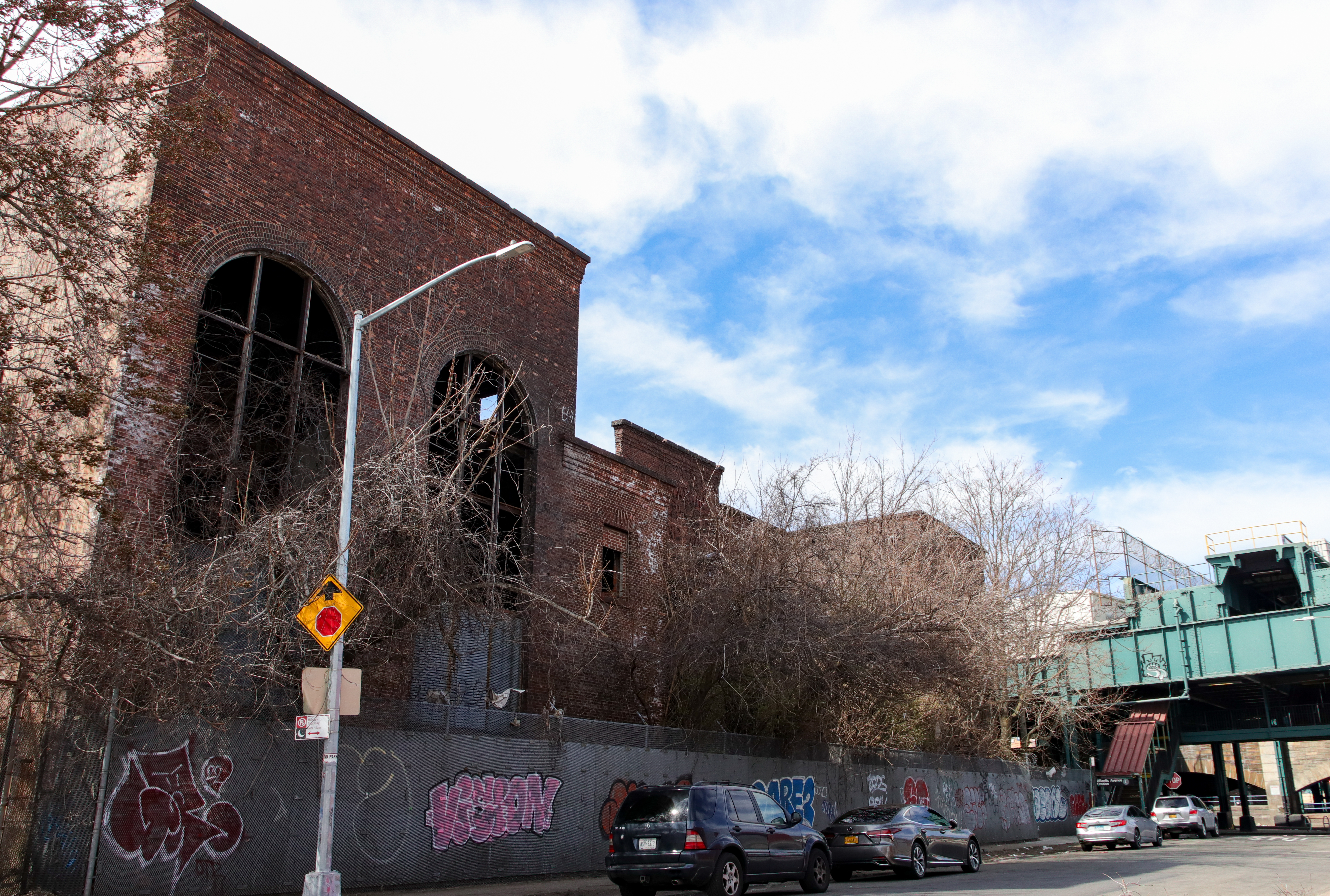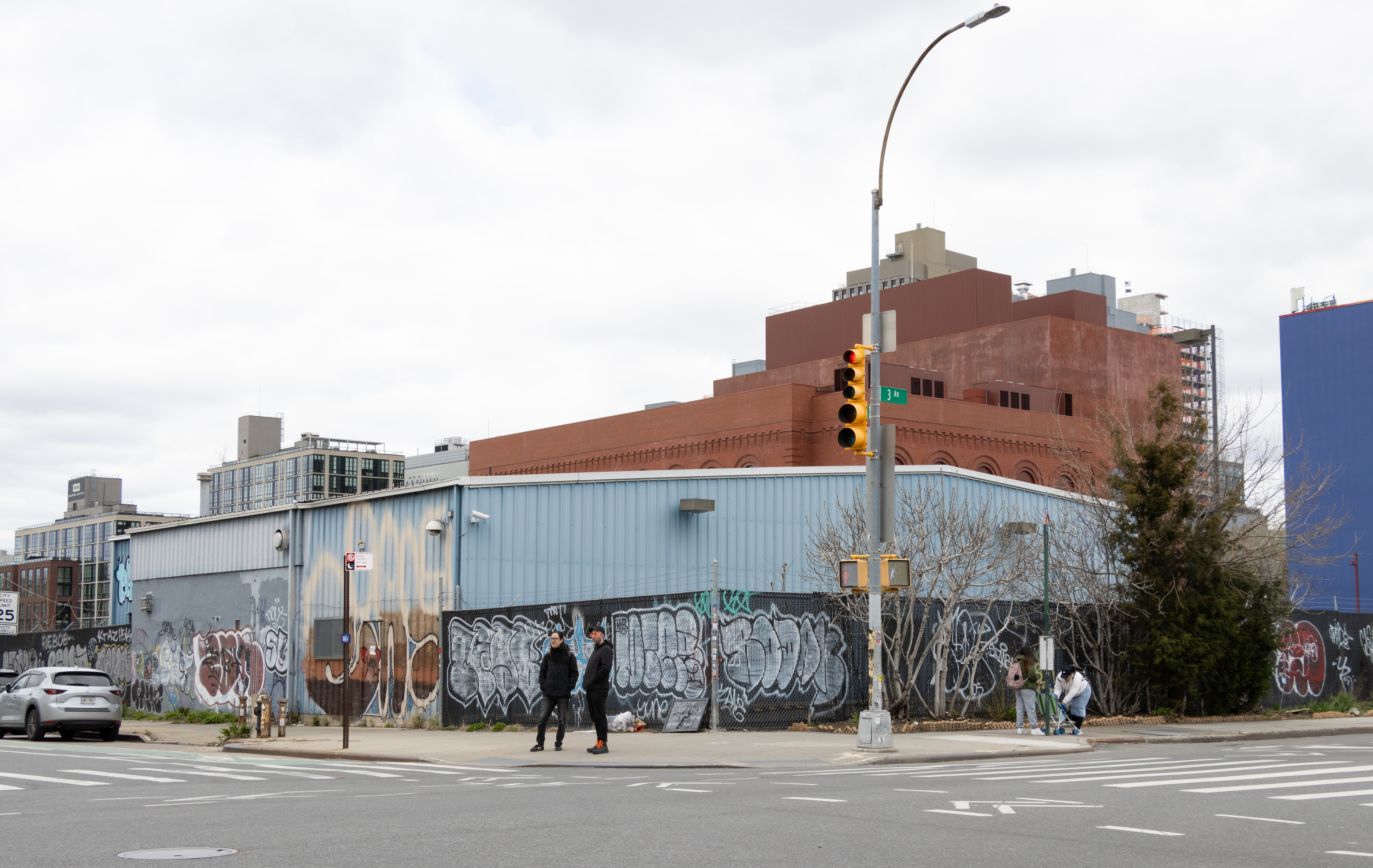Report on 'Invention of Brownstone Brooklyn'
Regular Brownstoner reader/commenter Mopar filed this report about yesterday’s panel discussion on gentrification in Brooklyn emceed by Suleiman Osman, author of the new book “The Invention of Brownstone Brooklyn: Gentrification and the Search for Authenticity in Postwar New York”: Tuesday night’s panel on “The Invention of Brownstone Brooklyn: Race and Gentrification in South Brooklyn” at…
Regular Brownstoner reader/commenter Mopar filed this report about yesterday’s panel discussion on gentrification in Brooklyn emceed by Suleiman Osman, author of the new book “The Invention of Brownstone Brooklyn: Gentrification and the Search for Authenticity in Postwar New York”:
Tuesday night’s panel on “The Invention of Brownstone Brooklyn: Race and Gentrification in South Brooklyn” at the Museum of the City of the New York focused on Brooklyn’s former slums where brownstones now sell for $2 million and up.
“For me, the Park Slope of 2011 is a limousine parked in front of a public school, said “Prospect Park West” author Amy Sohn, explaining that just that day she had seen one parked outside PS 321 waiting for a parent. “I feel the book [Osman’s] is about my life. I came from Mitchell-Lama housing and now we live across from [actor] John Turturro.”
Was the brownstoning movement of the 1960s and 1970s a success? It depends on who you ask. Author of “The Invention of Brownstone Brooklyn: Gentrification and the Search for Authenticity in Postwar New York” Suleiman Osman, who grew up in Park Slope and is a professor of American Studies at George Washington University, did not pick a side.
“If it’s about increasing real estate values, then it’s been very successful,” said Michelle de la Uz, executive director of the Fifth Avenue Coalition. “If it’s about the urban ideal of diversity, then it’s failed miserably. We need public policy with equity and justice at the forefront to achieve that urban ideal we were all attracted to and decided to stay in New York for.”
Back in the 1960s, brownstoners moved to Brooklyn so they could live in “someone’s former mansion” and have more space to raise their families for not much money, related Ken Patton, a founder of the Brownstone Revival Committee. When a neighborhood group planned to picket the Dime Savings Bank for redlining Brooklyn, he held a cocktail party for newcomers and bankers, and convinced the money men to offer mortgages to young, white professional families moving into Park Slope. But first he had to convince them that the newcomers were not “bohemians.”
“I’m a victim of displacement and gentrification,” said audience member and Councilwoman Tish James, who grew up in Park Slope and whose family was forced to move when rents rose. The recent census shows a reverse Great Migration is taking place, with more than 10,000 African Americans moving from New York to the South because they can no longer afford to live here, she said. “There’s a huge disparity in wages and the socioeconomic situation in New York City. It’s rather devastating to walk in your own community and feel like a stranger.”
Brownstoner commenters Amzi Hill and BedstuyMaven attended. Were there any others? What did you think of the panel?





May I ask one more thing: Was NPR at this event?
NOP, you are an extremely gifted writer. Thank you.
A while ago I promised Montrose that I’d write about the bad days in Brooklyn if the right thread came along.
This is probably it, although I have only a few minutes before heading to an appointment.
Lots of the new folks in the “Brownstone Belt” have know idea what things were like in Brooklyn and New York back in the 60’s.
Although families and familiar row house blocks provided comfort and security for some, they did so as ports in the storm.
Everything was unraveling. Racial tension was rife (n**** this and n**** that carved into subway walls). Block busting stretched from Bedford Stuyvesant to East New York. Crime rose. Businesses folded. White middle-class families fled (subsidized by FHA loans extended exclusively to them for use in the suburbs). And then there were the riots, setting Fulton Street ablaze.
The panic was palpable. The middle-class was aging and felt vulnerable. The poor were young and aggressive. A block, school or neighborhood might change socially in the (relative) blink of an eye. Your neighbors churned every other month. Genteel old neighborhoods became places to avoid. For kids, their maps of schools, friends, institutions and play spaces morphed frequently as parents steered them this way and that for safety’s sake.
Park Slope, Fort Greene, Clinton Hill today? Not the places I remember. Then a bohemian and progressive community lived for art and ideas and fought for their neighborhoods until they were overwhelmed. Not by “new” people or populations, but by the axis of economic and political forces outside their control.
And giving up Brooklyn gnawed at the soul.
“Or did he mean gentrification did not come to the area until later?”
Mopar – I am not sure what he meant. I just told him to consider writing a book about Bedford Stuyvesant because I thouht it was a great story about survival and revitalization.
Along with red-lining we need to add to the discussion the New York City’s public policy of “Planned Shrinkage” in the 1970’s which was deliberate withholding of city services in certain neighborhood so that current resident forcing current resident to move. After the neighborhood would be re-developed.
The burning Bronx is the most notorious example of planned skinkage.
“Mopar, I think “brownstoning” only applies to pale folks. When upper income black folks stayed in, or moved back to places like Bed Stuy, or PLG, no one counted them, or their achievements.”
That’s what I’m getting at.
Just re-read the introduction. He defines a “brownstoner” as a white professional. (Because they called themselves “brownstoners.”)
I have ot say I disagree about Bed-Stuy not being part of the Brownstone movement back then – it wasn’t, in a way that the author would recognize. But i remember reading that companies like IBM made an effort and that Black families wanted to live in Bed-Stuy, loving the brownstones,and often loving a neighborhood they grew up in. The same thing happened here in Crown Heights, which can truly say it was not white gentrifyiers who are bringing about a renaissance here. But the words I find most disturbing is this: “related Ken Patton, a founder of the Brownstone Revival Committee. When a neighborhood group planned to picket the Dime Savings Bank for redlining Brooklyn, he held a cocktail party for newcomers and bankers, and convinced the money men to offer mortgages to young, white professional families moving into Park Slope. But first he had to convince them that the newcomers were not “bohemians.””
“White”- and yet there weer plenty of Black professional families (maybe not as many as now) and successful black working families that were shut out. Experiences like BSM’s were the norm for Black people.
The insults to Tish James are unnecessary- she became a successful attorney and politician despite her experiences and should be admired for it.
Mopar, I think “brownstoning” only applies to pale folks. When upper income black folks stayed in, or moved back to places like Bed Stuy, or PLG, no one counted them, or their achievements.
Mopar, a lot of people, especially, but not exclusively, the young’uns, tend to think the past was just like now, with different clothes. A lot has changed, much of it for the better, no doubt about it. But there is stuff like redlining, and block busting, and white-only suburbs/developments like Levittown and Stuyvesant Town, that people just don’t know about. How people of color, as well as anyone not of great means, dealt with that, shows how resourceful people can be in the face of unfair obstacles not of their making. Minard is right, a full story of redlining would be a huge embarassment to the big financial institutions of today. ALL of them took part in it.
BedstuyMaven, I asked the author the same thing. I was wondering about his response.
Didn’t “brownstoners” move to Bed Stuy in the 1950s and 1960s? Black brownstoners, that is? Or did he mean gentrification did not come to the area until later? Brownstoners of Bed Stuy was founded in 1978. That’s a decade later than the BRC of Park Slope, although technically two years before the end of his time period.